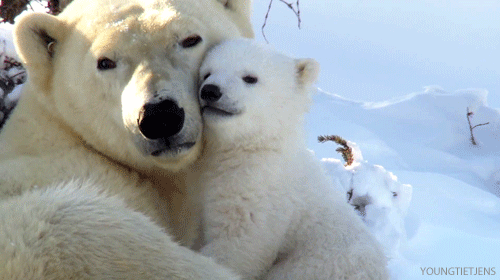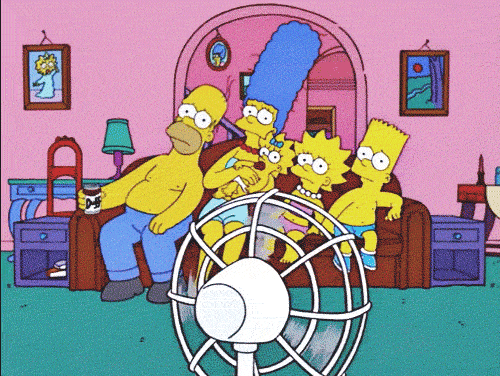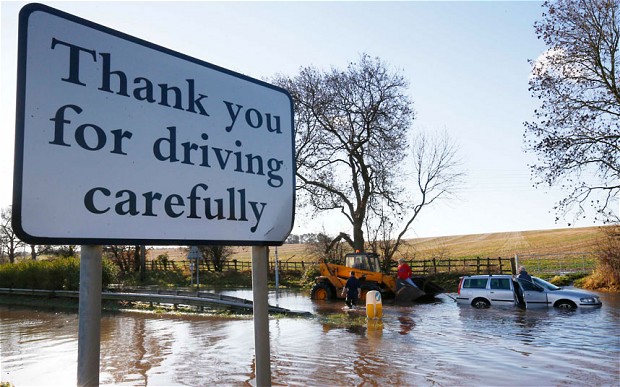11 cool weather facts and figures that you will want to know, and might just blow your socks off.
I think that we could all agree that the weather has good and bad points. From the beautiful and pristine days that we all enjoy, to the dank and cold dreary inclement weather that we have to endure, it has a lot in store for us. However, most of the time it is pretty consistent, and rarely throws us a curve ball. But when it does it can give us some simply spectacular weather facts and figures.
1 Both Celsius And Fahrenheit Meet At -40 Degrees
When it comes to temperature Celsius and Fahrenheit are usually worlds apart. But there is a temperature where the two line up perfectly. -40 degrees Celsius is equal to -40 degrees Fahrenheit.
Speaking of cold things.
2 The Coldest Natural Temperature Ever Recorded
Have you ever thought it was cold and wondered how much colder it can get? Well the coldest temperature ever recorded on Earth was an absolute freezing minus 89.6 degrees Celsius (129.28 F) on 21 July 1983 in Vostok station in Antarctica.
So where it gets cold there must be snow, right? And The colder it gets the more snow there should be?
3 How Common Are Blizzards
Are snow storms, or blizzards common? In the US there are an average of 105 snow storms a year and they generally last from 2 to 5 days covering several states.
So while they do occur relatively frequently during winter, 105 snow storms on average isn’t all that common at all.
But when they do occur, they can be massive.
4 The Biggest Snowfall Ever
Every day snow falls in certain parts of the world. But the biggest snowfall ever recorded was in Mt Rainier, Washington State, USA when 30 metres (98 feet) of snow fell in the winter of 1972.
But even the snowflakes themselves can be massive.
5 The Biggest Snow Flake Ever
When you think of snow flakes you usually think of them as being very small. Well read on and have your perceptions challenged. The biggest single snowflake ever recorded was a massive 38 cm wide and 20 cm thick (15″ x 8″). It fell in Fort Keogh, Montana, USA on 28 January 1887.
Thankfully though, it’s not always cold.
6 The Hottest Temperature Ever
Have you ever thought it was hot and just wanted to escape the heat? Well if you have, spare a thought for the hottest temperature ever recorded. It was very hot.
Just how hot can it get? The hottest temperature ever recorded on Earth was 58°C (136.4 F) on the 13th Sept, 1922, in Al’Aziziyah in Libya.
Unfortunately heat can bring along a storm, and sometimes storms have hail.
7 The Biggest Hail Stones Ever Recorded
The largest hail ever recorded fell on Bangladesh on 14th April, 1986. The hail weighed over 1kilogram (2.2 pounds) each. The hail storm resulted in 92 deaths. That would be like having tens of thousands of 1 litre bottles of frozen water falling from the sky.
Hail isn’t the only thing that a storm can bring. It also brings floods.
8 How Much Water Is Needed To Cause Damage To A Property?
Floods come and go, and with them can come a lot of devastation. But just how much of a flood is needed to cause damage? I mean, real significant damage to a property? I think you’d be surprised to know that it isn’t very much at all.
Only 25 mm (1 inch) of water can cause significant damage to your property.
It does take a little more to move a car, but not much more.
9 How Much Water Is Needed To Lift And Move A Car?
So not much water is needed to damage a house, but how much is needed to damage a car? By this we mean, how much water does it take to lift and move a car, potentially damaging the car beyond recognition, and potentially killing the occupants. Well, once again it isn’t very much, and it will probably surprise many.
It takes only 60cm (2 feet) of water to lift a car. At that level most cars will become buoyant and simply float away with the water.
So what about flash floods?
10 Flash Floods Can Have Massive Walls Of Water
Many of us have seen videos of flash floods on television where it looks like a wall of water has literally obliterated everything in its path. They look terrifying, and probably are. So just how big can flash floods be?
Flash floods can have walls of water 3 to 6 metres high (10 to 20 feet high).
So what causes floods?
11 Floods Are Caused By Many Things
Rounding out ouir list of 11 cool weather facts and figures is the many different causes of floods. Floods can be caused by rainfall, river rises, sea tidal surges and catastrophic events such as infrastructure failures, earth quakes and volcanic eruptions.
Thanks for reading through our list. We hope you found it very informative.


















